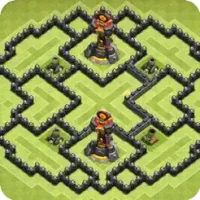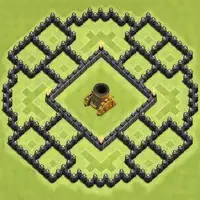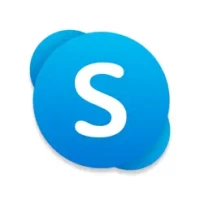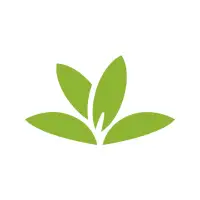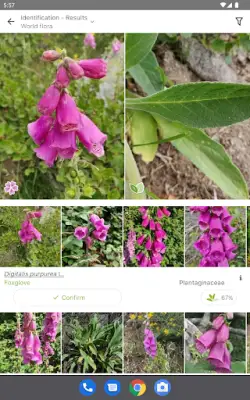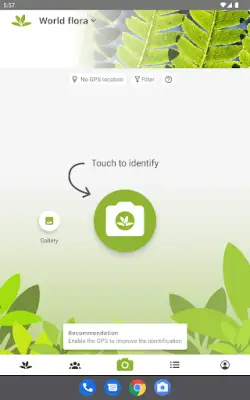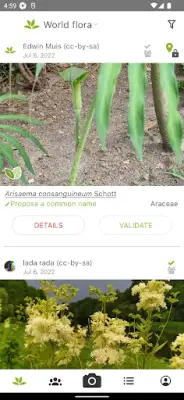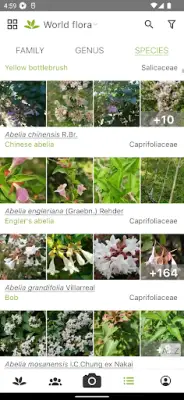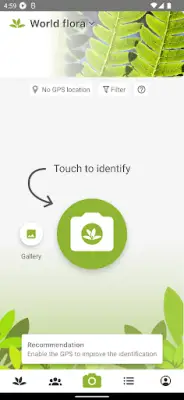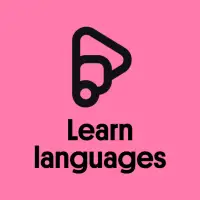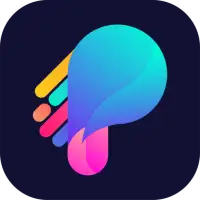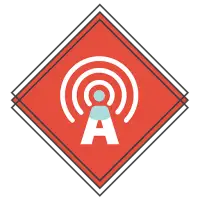Latest Version
3.21.5
March 15, 2025
PlantNet
Education
Android
1
Free
org.plantnet
Report a Problem
More About PlantNet Plant Identification
Pl@ntNet is an innovative application designed to help users identify and learn about a wide variety of plants in nature. It caters to those interested in observing wild plants, including flowering plants, trees, grasses, and cacti, among others. While it does have the capacity to identify cultivated plants found in parks and gardens, its main focus is on wild flora. This makes it particularly valuable for documenting plants that grow in natural settings, urban environments, or even home gardens.
For accurate identification, Pl@ntNet encourages users to provide detailed visual information about the plants they observe. Due to the similarity among various plant species, capturing specific details, such as flowers, fruits, and leaves, is crucial for differentiation. Additional features like thorns, buds, or stem hairs can also assist in identifying species correctly. Although a full photograph of the plant is helpful, it often does not suffice for reliable identification on its own, making close-up images of distinct characteristics essential.
As of now, Pl@ntNet can recognize around 20,000 plant species, a significant number but still far from the estimated 360,000 species worldwide. The application is continually being enhanced as experienced users contribute their observations. New users are encouraged to participate by submitting their findings, which are reviewed by the community and may eventually be included in the app’s extensive photo gallery that supports species identification.
The latest version of Pl@ntNet, released in January 2019, comes with several enhancements and features to improve user experience. These include filtering recognized species by genus or family, a differentiated data revision system that highlights contributions from knowledgeable users, and multi-flora identification, which allows searching across all species in the app. Additional features like mapping observations and links to detailed factsheets further enrich the learning experience. Additionally, a web version of the application is accessible for convenience at https://identify.plantnet.org/.
Rate the App
User Reviews
Popular Apps


